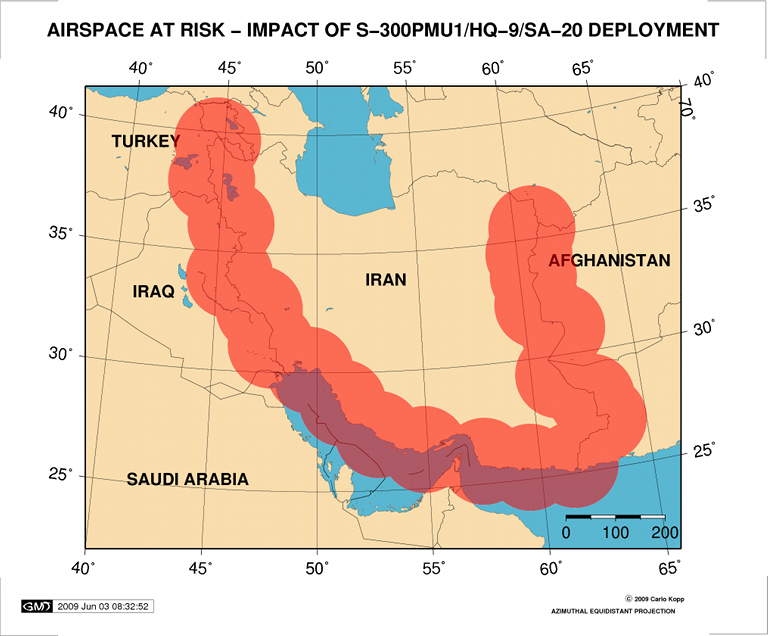Inspired by this thread discussing how a Japanese Area Army would have defended Normandy against the Allies, I'll throw out a different proposition: What would a US led Allied defense of Kuwait and Southern Iraq have looked like when tasked against the cream of the Soviet Army in 1991 (let's say the quality is equivalent to the Group of Soviet Forces in Germany circa 1988)?
There's obviously a massive qualitative difference between a US led Allied Army versus the Iraqi Army circa 1991. On the whole, they're better equipped, better trained, better disciplined, have better command and control, and not led by a moron of a strategist. Therefore, defenses are likely to be much better constructed, local field commanders are more likely to show flexibility and initiative, and there's less likely to be a glaring hole on their flank as their was in Western Iraq, forcing an attack into the teeth of their defenses.
On the Central Front in Germany, NATO opted for the strategy of forward defense against the Red Army, largely for political reasons. Whether this would have actually been the best strategy for defeating the Warsaw Pact rather than a battleplan that emphasized defense in depth is still up for debate. That said, from Kuwait City to Khafji is a mere 128km-ish so there's not so much depth to be had; though a slight improvement over Germany where the Red Army could take a golf shot across the border and hit Hamburg with it.
On the other side the Soviet Army on the offensive is probably not quite as technologically capable as the Allied Coalition, but the gap is nowhere near as wide as it was during Desert Storm in 1991. A Soviet Category A division is a leap over the elite Republican Guard divisions and light years ahead of a regular Iraqi division; perhaps the biggest of all gaps is that whatever the Soviets bring as far as an air defense network is likely to make life significantly more miserable than the Iraqis managed against Chuck Horner's troops in 1991.
With that said, will the Red Army stick with it's doctrine which emphasized the concept of using Operational Maneuver Groups to rapidly exploit any minor breakthrough and charge as far as they can, or will they opt for a different strategy given the more wide open terrain of the desert and lower concentration of forces involved?
There's obviously a massive qualitative difference between a US led Allied Army versus the Iraqi Army circa 1991. On the whole, they're better equipped, better trained, better disciplined, have better command and control, and not led by a moron of a strategist. Therefore, defenses are likely to be much better constructed, local field commanders are more likely to show flexibility and initiative, and there's less likely to be a glaring hole on their flank as their was in Western Iraq, forcing an attack into the teeth of their defenses.
On the Central Front in Germany, NATO opted for the strategy of forward defense against the Red Army, largely for political reasons. Whether this would have actually been the best strategy for defeating the Warsaw Pact rather than a battleplan that emphasized defense in depth is still up for debate. That said, from Kuwait City to Khafji is a mere 128km-ish so there's not so much depth to be had; though a slight improvement over Germany where the Red Army could take a golf shot across the border and hit Hamburg with it.
On the other side the Soviet Army on the offensive is probably not quite as technologically capable as the Allied Coalition, but the gap is nowhere near as wide as it was during Desert Storm in 1991. A Soviet Category A division is a leap over the elite Republican Guard divisions and light years ahead of a regular Iraqi division; perhaps the biggest of all gaps is that whatever the Soviets bring as far as an air defense network is likely to make life significantly more miserable than the Iraqis managed against Chuck Horner's troops in 1991.
With that said, will the Red Army stick with it's doctrine which emphasized the concept of using Operational Maneuver Groups to rapidly exploit any minor breakthrough and charge as far as they can, or will they opt for a different strategy given the more wide open terrain of the desert and lower concentration of forces involved?
